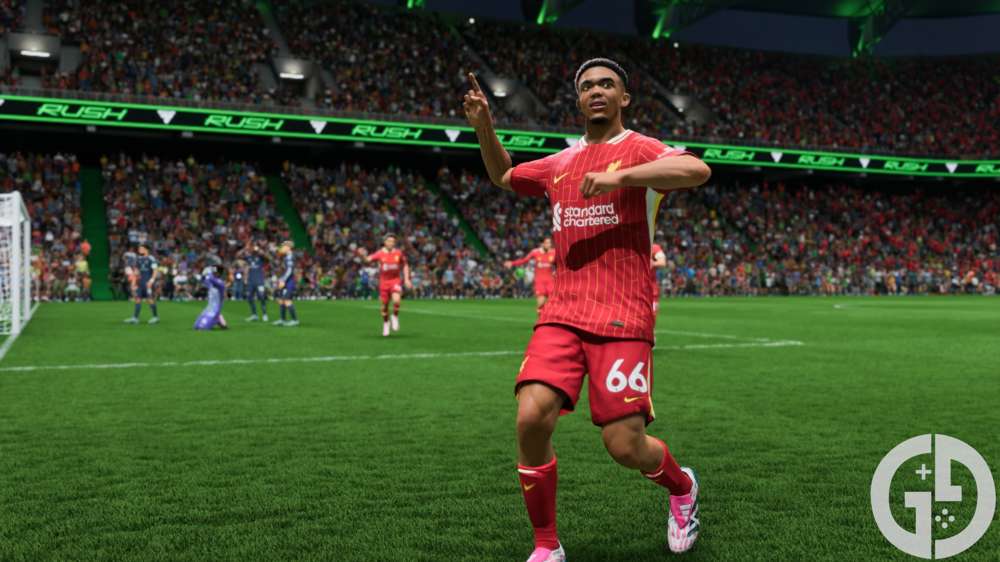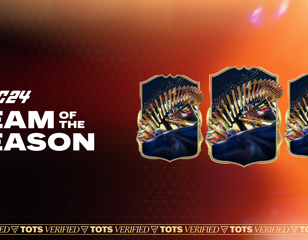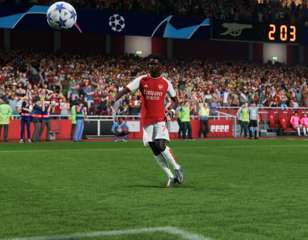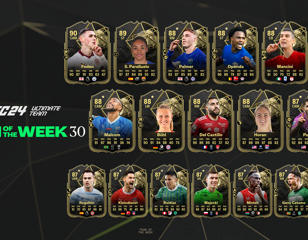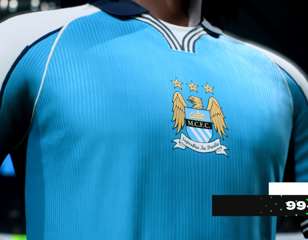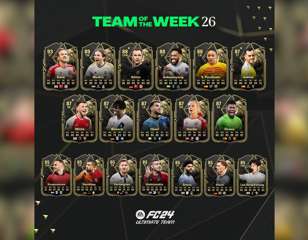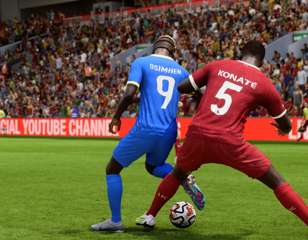
EA FC 25: Defending tips & tricks
Find out how to defend properly in EA FC 25 with these tips and tricks.
This is part of the ‘EA FC’ directory
Directory contents
They say that clean sheets win you games and that couldn't be more true in EA FC 25. You'll be able to master the art of defending with these tips and tricks, ensuring that you never concede a silly goal again and ensure success in Rivals and Champions.
How to defend in EA FC 25
Mastering the act of defending is far greater than the strength of the players in your backline. While the best centre backs will, of course, help a lot, they won't be worth anything if you don't know how to use them. Follow these tips to perfect your defensive attributes, leading to less goals conceded and more games won:
- Learn right-stick switching
- Maintain your defensive shape
- Be proactive, not reactive
- Slow it down
- Defend with midfielders
Learn right-stick switching
Getting to grips with right-stick switching is arguably the most important aspect of improving your defensive skills in FC 25. If you're unaware, right-stick switching is the process of using the right analogue stick to switch between players when out of possession, as opposed to using L1 and the suggested switch.
This gives you far greater control over who your next player is and is an essential part of pretty much every tip within this guide. It does take a while to properly master, especially if you've exclusively used L1 switching for years, but it's more than worth the effort required.
There are a number of different options to do with right-stick switching that I'd recommend playing around with. As default you'll notice that it's set to 'player relative' switching, which indicates that the direction of switching is based on your currently controlled player's position on the pitch.
I personally prefer 'ball relative' switching, as I find it far easier to remain consistent when quickly swapping between targets, but I'd recommend trying both out as you could find out that you're the opposite.
Maintain your defensive shape
Much like real-life football, the hardest defences to break down are those that remain in shape, as it means that there are no holes for the attack to exploit.
This is far easier said than done, of course, but it's something that you'll always want to keep in mind when moving your players in defence. It might seem like the logical thing in the moment to use your CB to close down a player on the wing, but you need to understand that the space you're vacating in doing this poses a far greater risk.
Additionally, a strong defensive shape will mean that you'll not have to pull your players out of position as much, leading to a more structured defence that will seem impenetrable to the opposing player.
Be proactive, not reactive
In much the same vein, being proactive instead of reactive will give you a much greater chance of regaining possession and halting opposition attacks, as you'll often find yourself already in the right place instead of having to play catch up.
Try not to chase enemies around the field, and instead use your defensive shape and midfielders to anticipate opposition moves before they happen. This could be blocking the impending run of an attacker, zoning out a key passing lane, or predicting the area in which the attacker is driving into.
Ultimately, predicting well and remaining proactive in your defensive actions will help prevent attacks before they really get going, and often you'll even be able to create dangerous transitions as the opposition won't be set correctly themselves.
Slow it down
Something I've been very guilty of over the years is defending with too much speed, and overusing the sprint button. A general rule of thumb I've tried to follow is to never use sprint and jockey at the same time, and especially to never sprint when you're goal-side of an attacker.
This is due to the fact that sprinting will more often than not lead you out of position, and one piece of close control - which most attackers are more than capable of - can completely take you out of the game.
You'd be surprised how effective remaining still can be in defensive situations - to a certain extent of course - and as long as you keep a strong shape as mentioned before you shouldn't need to sprint or chase players, especially around your own box.
Defend with midfielders
Finally, one of the most common pieces of advice you'll hear from high-level players is to defend with your midfielders until absolutely necessary to switch to your defenders. You'll still definitely want to keep control of your defensive line to maintain their shape, but at the same time you'll want to ensure that your midfielders - particularly your DM - are the ones in front of the ball.
This is part and parcel of your defensive shape, as it prevents you from pulling defenders out of position and chasing down unnecessary runs. You'll also want to think of it as an extra line of defence, where an attacker will have to go through two waves of defenders in order to reach the goal.
It very much is a balancing act though - especially when it comes to trying to get the most out of your team's attacking output too - but if you practice the tips outlined here you're almost guaranteed to concede fewer goals in the long run.

About The Author
Harry Boulton
Harry is a Guides Writer at GGRecon, having completed a Masters of Research degree in Film Studies. Previously a freelance writer for PCGamesN, The Loadout, and Red Bull Gaming, he loves playing a wide variety of games from the Souls series to JRPGs, Counter-Strike, and EA FC. When not playing or writing about games and hardware, you're likely to find him watching football or listening to Madonna and Kate Bush.
This is part of the ‘EA FC’ directory
Directory contents
